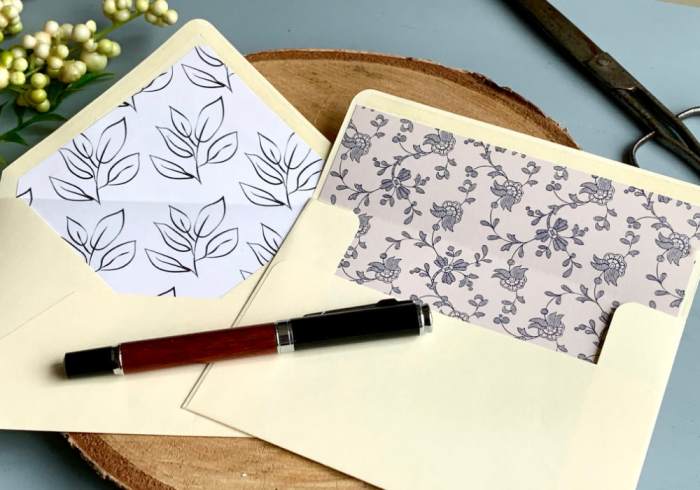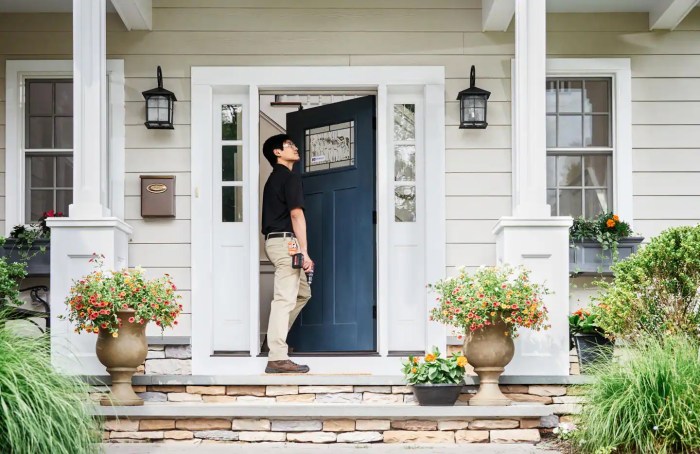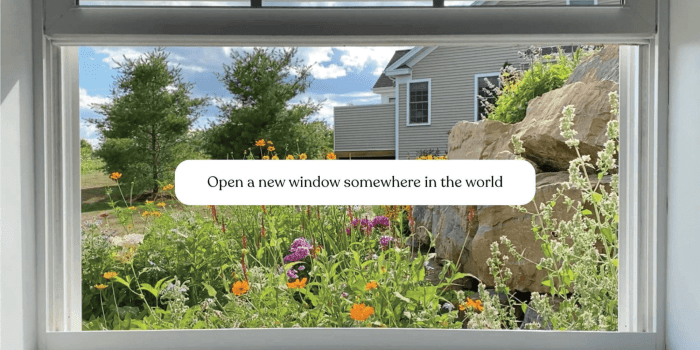Fine Homebuilding Envelope Tips for Beginners: A Comprehensive Guide to Building Envelopes
Embark on a journey into the world of building envelopes with Fine Homebuilding Envelope Tips for Beginners. Discover the key elements that go into creating a well-designed building envelope and learn how to enhance energy efficiency through effective insulation and air sealing.
Explore the tips, materials, and maintenance strategies that will help beginners navigate the complexities of building envelopes with confidence.
Understanding the Building Envelope
When we talk about the building envelope, we are referring to the physical separator between the interior and exterior environments of a building. It includes the walls, roof, foundation, doors, and windows that work together to provide structural support and protection against the elements.
Importance of a Well-Designed Building Envelope
A well-designed building envelope is crucial for the overall performance and durability of a structure. It helps regulate temperature, manage moisture, and improve indoor air quality, creating a comfortable and healthy living environment for occupants.
Role of the Building Envelope in Energy Efficiency
The building envelope plays a significant role in energy efficiency by reducing heat loss in the winter and heat gain in the summer. Proper insulation, air sealing, and high-performance windows are key components that contribute to lower energy consumption and utility costs.
Components of a Building Envelope
- Insulation: Helps regulate indoor temperature by minimizing heat transfer through walls, roof, and floors.
- Air Barrier: Prevents air leakage and drafts, improving energy efficiency and indoor comfort.
- Vapor Barrier: Controls moisture diffusion to prevent condensation and mold growth within the building structure.
- Windows and Doors: Provide natural light, ventilation, and access while also contributing to energy efficiency through proper sealing and insulation.
Tips for Beginners

When assessing the current state of your building envelope, begin by conducting a thorough inspection of the exterior walls, roof, windows, and doors. Look for any signs of damage, moisture intrusion, or drafts that could compromise the envelope's integrity.
Common Mistakes to Avoid
- Ignoring small cracks or gaps in the building envelope, as they can lead to significant air leakage and energy loss.
- Using mismatched or improper insulation materials, which can reduce the overall efficiency of the envelope.
- Neglecting regular maintenance and repairs, allowing issues to worsen over time and potentially causing structural damage.
Significance of Air Sealing and Insulation
Air sealing and insulation play a crucial role in maintaining the building envelope's performance. Proper air sealing helps prevent drafts and air leakage, while adequate insulation regulates temperature and reduces energy consumption.
Best Practices for Improvement
- Seal all gaps and cracks with weatherstripping or caulking to minimize air infiltration.
- Upgrade insulation to meet current energy efficiency standards and improve thermal resistance.
- Consider installing energy-efficient windows and doors to enhance the envelope's overall performance.
Materials and Techniques
When it comes to building envelopes, the choice of materials and techniques plays a crucial role in determining the overall performance and efficiency of the structure. From insulation materials to installation techniques, each aspect contributes to creating a well-functioning building envelope that enhances energy efficiency and comfort levels.
Insulation Materials
- Insulation materials such as fiberglass, foam board, cellulose, and spray foam are commonly used in building envelopes. Each material has its own set of advantages and disadvantages in terms of thermal resistance, cost, and sustainability.
- Fiberglass insulation is a popular choice due to its affordability and ease of installation, while spray foam insulation provides a high level of air sealing and moisture resistance.
- When selecting insulation materials for the building envelope, it is important to consider factors such as R-value, environmental impact, and compatibility with other building components.
Sustainable Options
- For those looking to create a more environmentally friendly building envelope, sustainable insulation materials such as recycled denim, sheep's wool, and cork are excellent choices.
- These materials not only offer good thermal performance but also contribute to reducing the carbon footprint of the building.
- In addition to insulation materials, sustainable building envelope techniques such as passive solar design and green roofs can further enhance the energy efficiency and sustainability of a structure.
Installation Techniques
- Proper installation of insulation within the building envelope is crucial for maximizing its effectiveness and preventing thermal bridging.
- Airtightness is key to ensuring the insulation performs as intended, so techniques such as air sealing, vapor barriers, and proper sealing around windows and doors are essential.
- Moreover, following manufacturer guidelines and building codes when installing insulation can help avoid common pitfalls and ensure the longevity of the building envelope.
Maintenance and Upkeep
Regular maintenance and upkeep of the building envelope is crucial to ensure its longevity and performance. By following a maintenance schedule and addressing issues promptly, you can prevent costly repairs and maintain a comfortable and energy-efficient indoor environment.
Maintenance Schedule
Developing a maintenance schedule for the building envelope is essential to keep it in optimal condition. This schedule should include regular inspections, cleaning, and repairs as needed. By staying proactive, you can identify and address issues before they escalate into major problems.
Detecting and Addressing Issues
It is important to know how to detect common issues in the building envelope, such as water leaks, air leaks, mold growth, or damaged insulation. Regular inspections can help in identifying these issues early on, allowing you to address them promptly and prevent further damage.
Importance of Regular Inspections
Regular inspections of the building envelope are crucial to ensure its structural integrity and energy efficiency. By conducting inspections at least once a year, you can identify any issues early on and take corrective actions to maintain the envelope's performance.
Extending Lifespan Tips
To extend the lifespan of the building envelope, it is important to follow a few tips such as keeping gutters clean, sealing gaps and cracks, maintaining proper ventilation, and ensuring adequate insulation. These simple maintenance tasks can help in preserving the envelope and avoiding premature deterioration.
Last Point
In conclusion, Fine Homebuilding Envelope Tips for Beginners offers valuable insights into optimizing the performance and longevity of building envelopes. By following the guidance provided, you can ensure your home remains comfortable, energy-efficient, and structurally sound for years to come.
Frequently Asked Questions
How can beginners assess the current state of their building envelope?
Beginners can start by visually inspecting the exterior of their home for any signs of damage or wear, such as cracks, gaps, or moisture stains. They can also consider hiring a professional for a more thorough evaluation.
What are some common mistakes to avoid when working on a building envelope?
Avoiding proper air sealing, neglecting insulation, using low-quality materials, and overlooking maintenance tasks are common mistakes that beginners should steer clear of when working on a building envelope.
How often should maintenance be performed on a building envelope?
Regular maintenance should be conducted at least once a year to ensure the building envelope remains in good condition. Additional inspections after extreme weather events are also recommended.
What are some sustainable options for building envelope materials?
Sustainable options include materials like recycled insulation, natural fibers, and eco-friendly sealants that minimize environmental impact while providing effective building envelope solutions.




